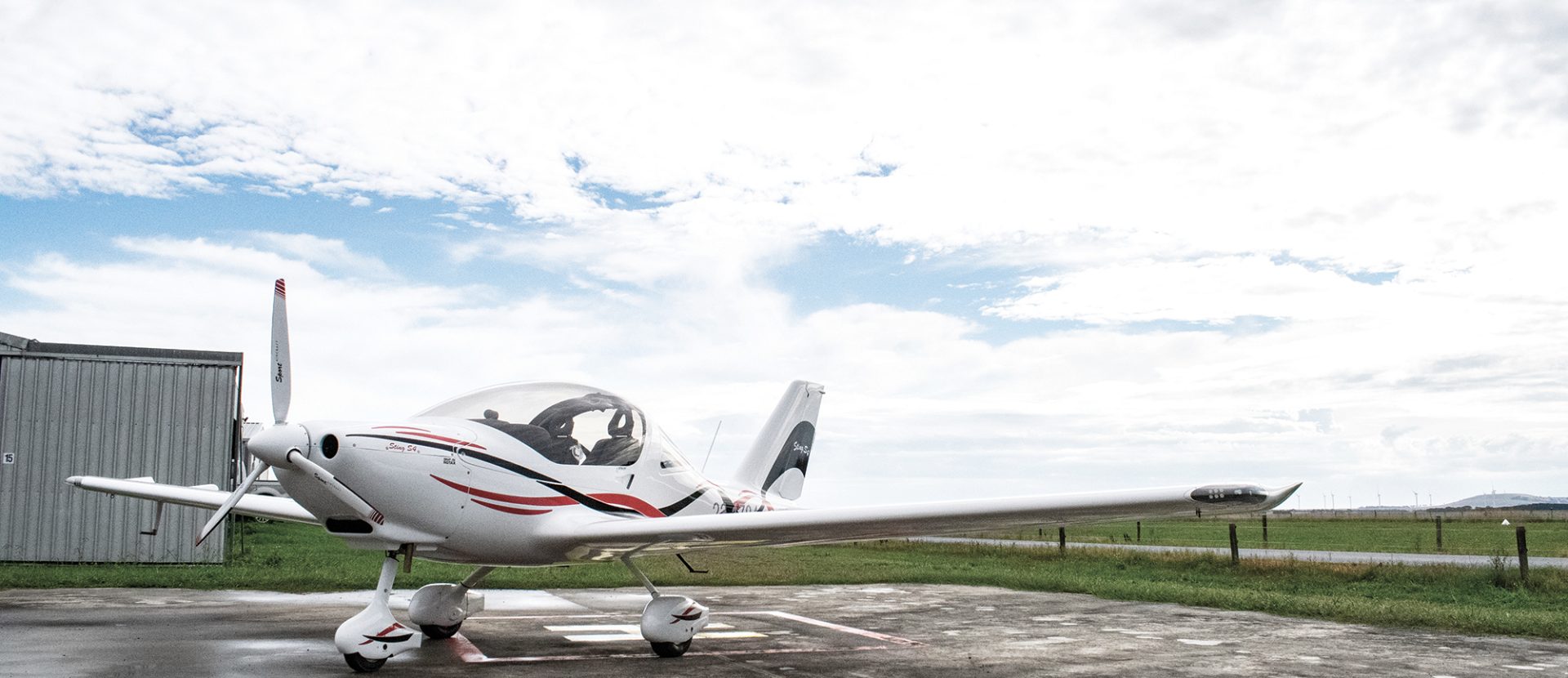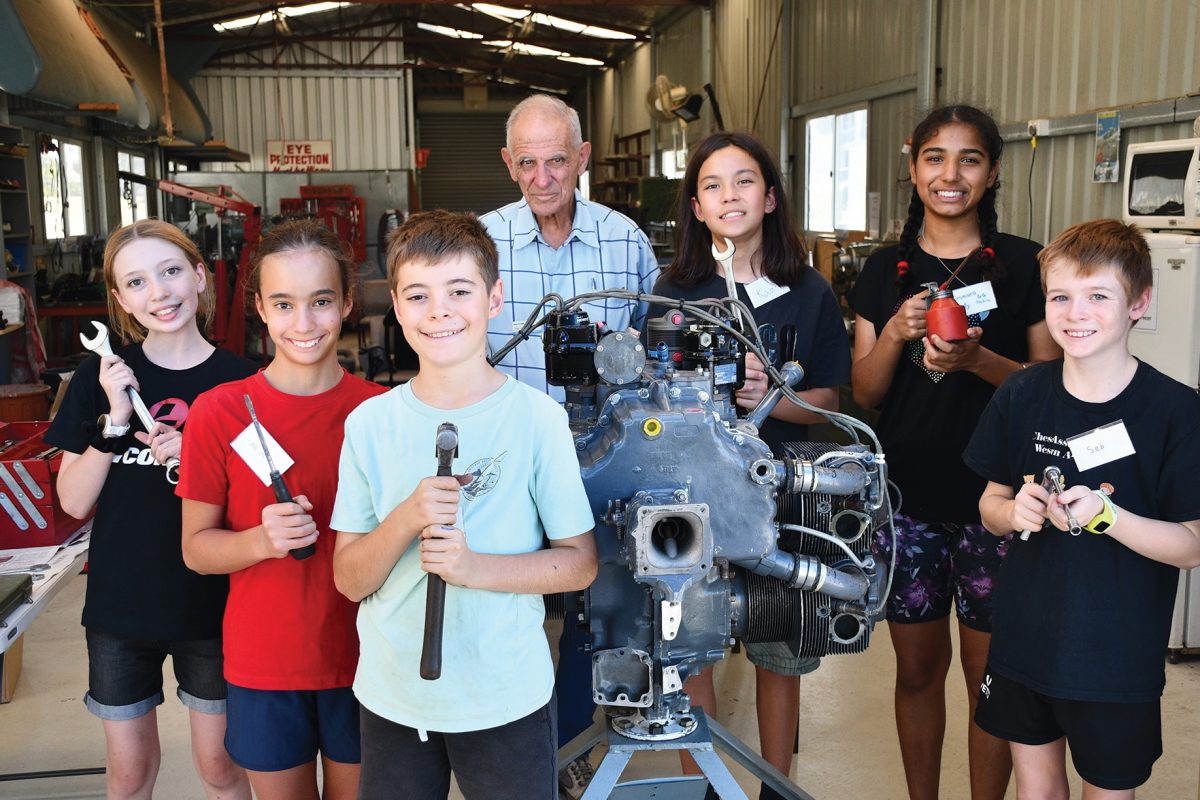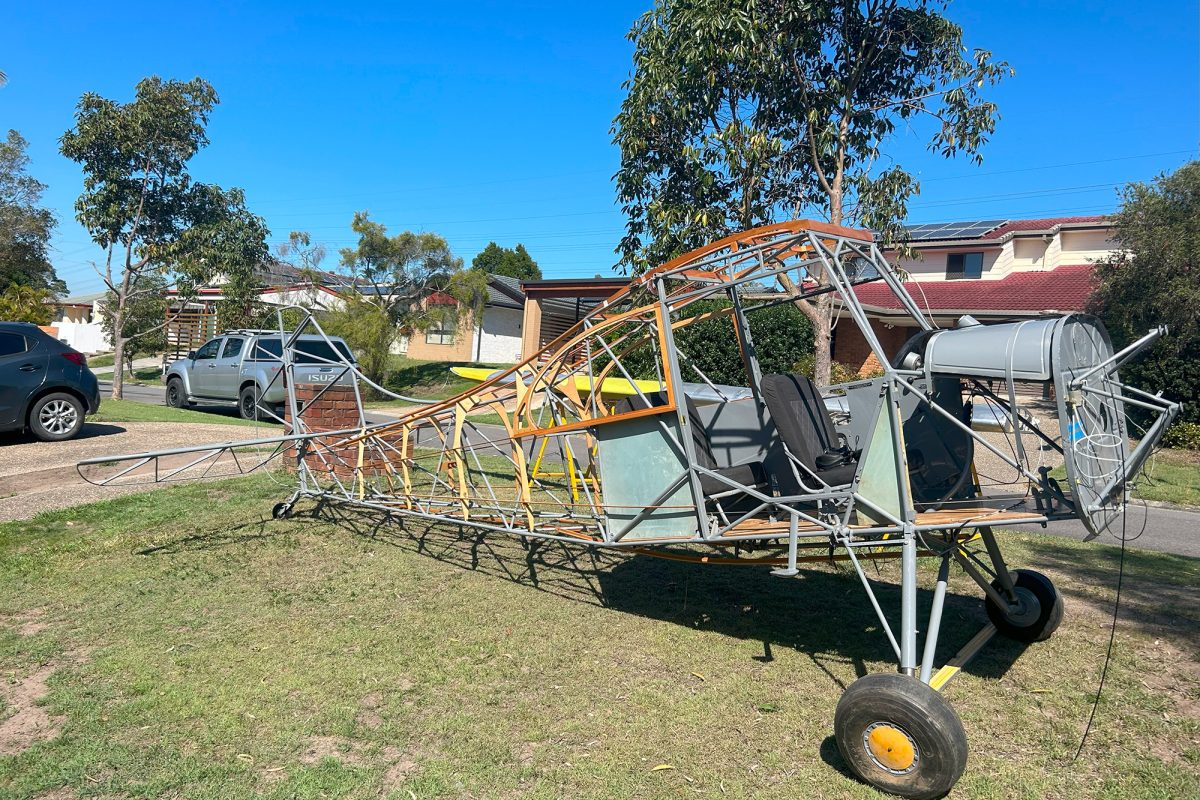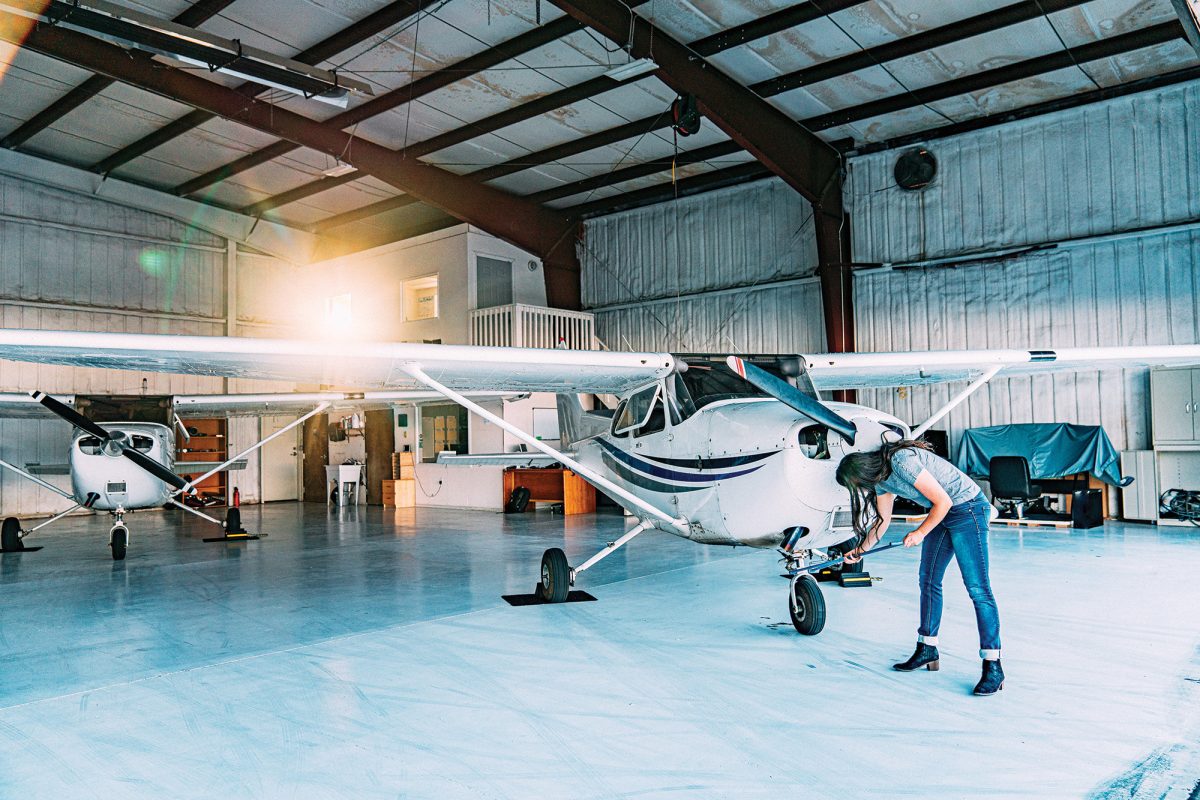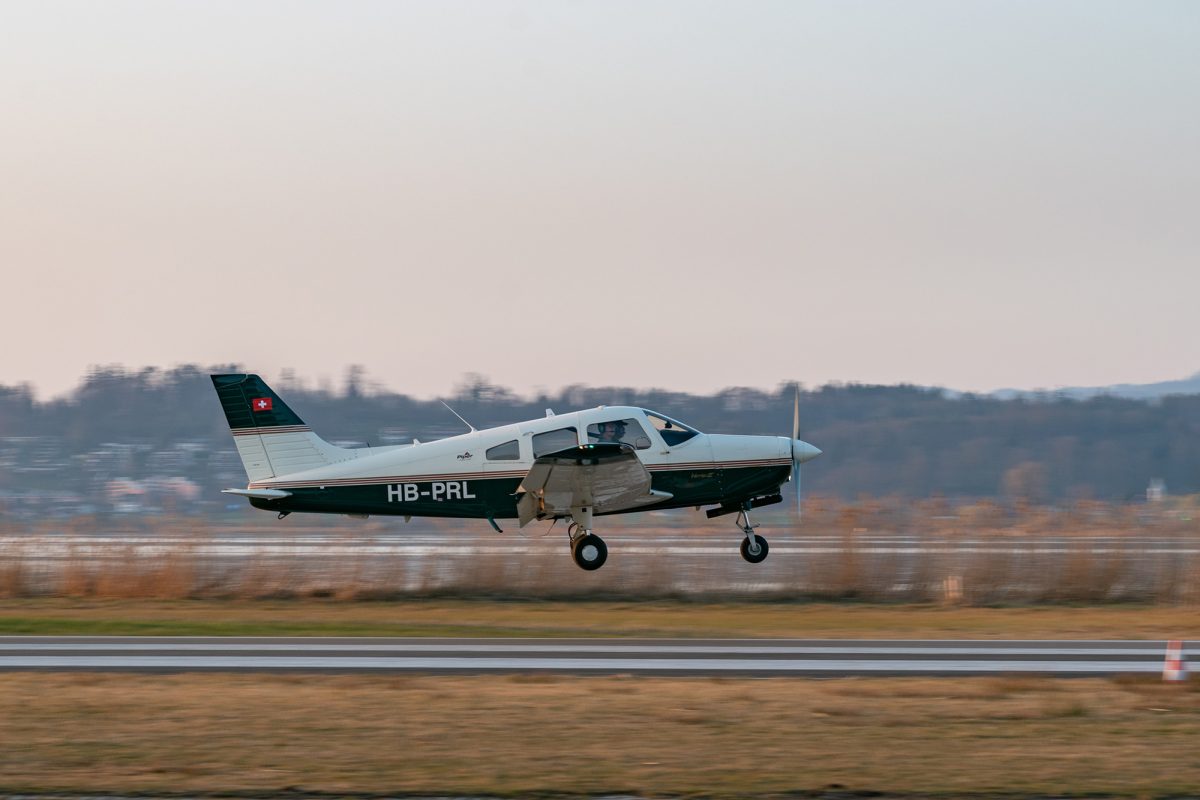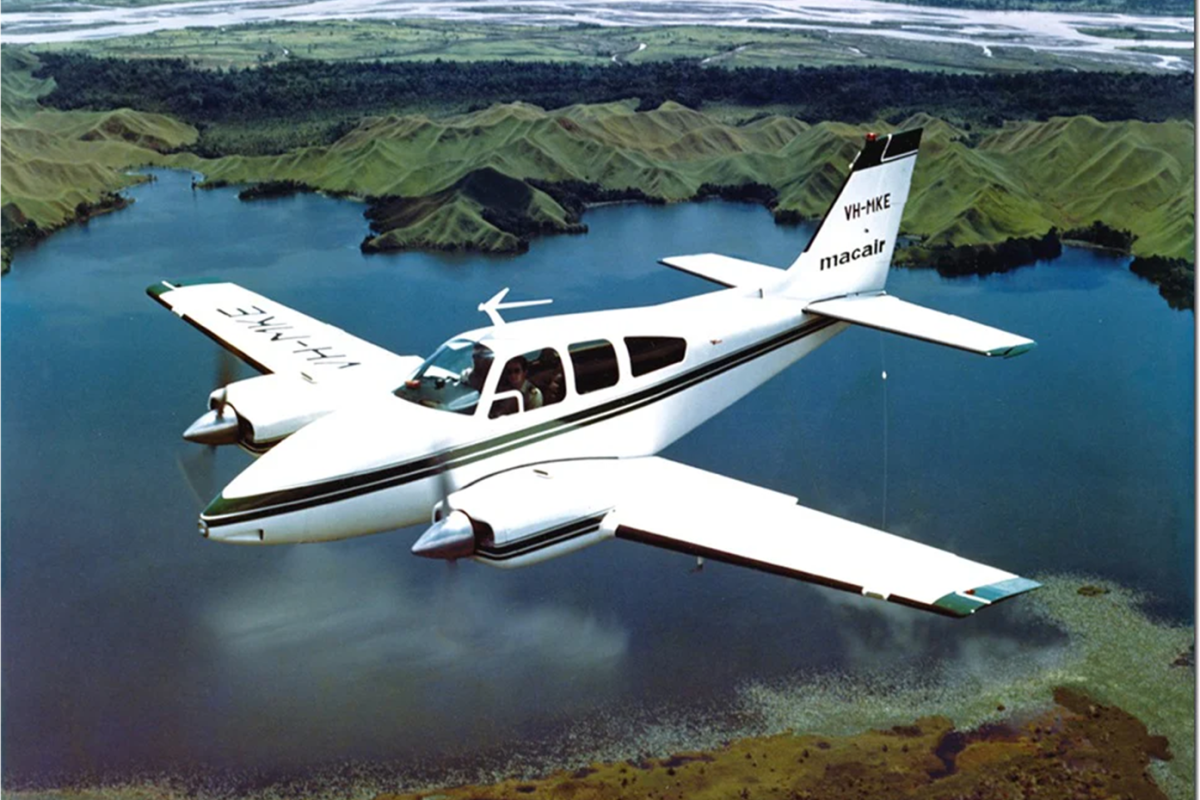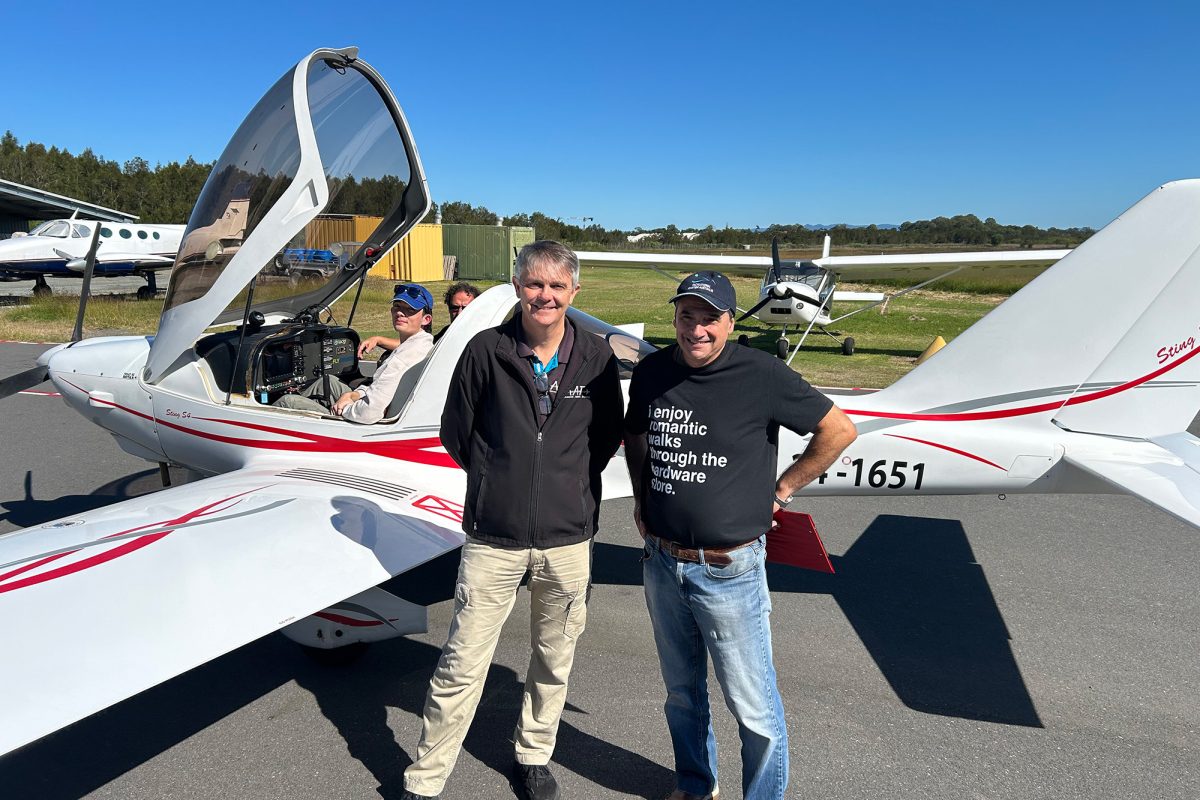THE CZECH BUILDERS THAT DO IT ALL
Oftentimes, a builder will specialise in a certain style of aircraft. After all, if you’re good at low-wings, you tend to spend all your time there. TL Ultralight, as I found out one morning at Colac Airport, breaks this mould. Offering a range of vastly different aircraft, I found it impossible to pinpoint their flagship, such was the impeccable quality of the entire fleet.
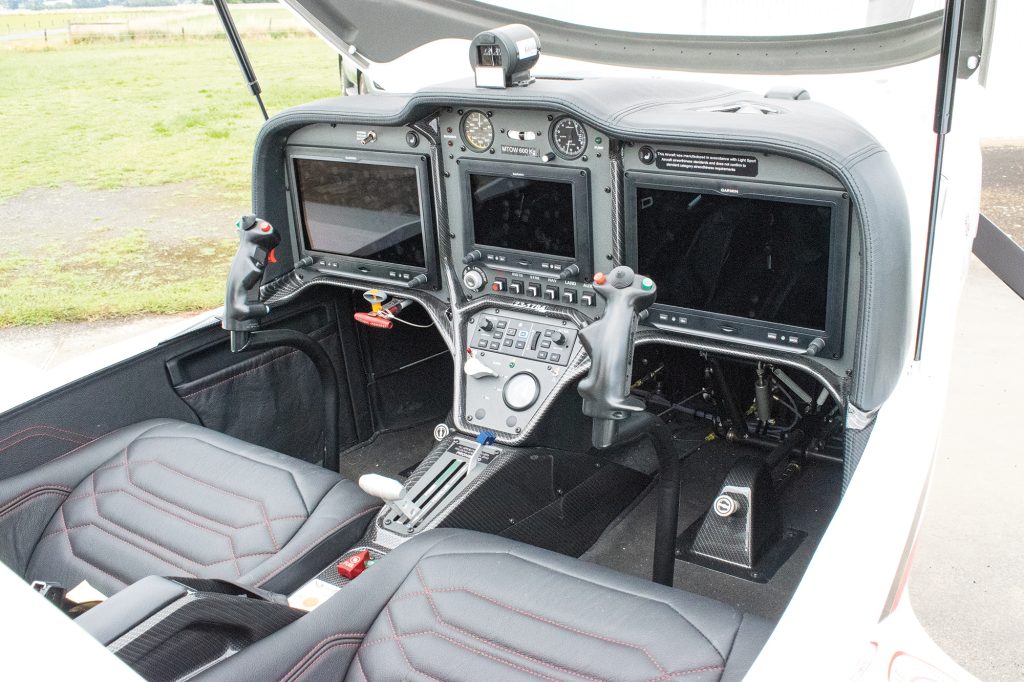
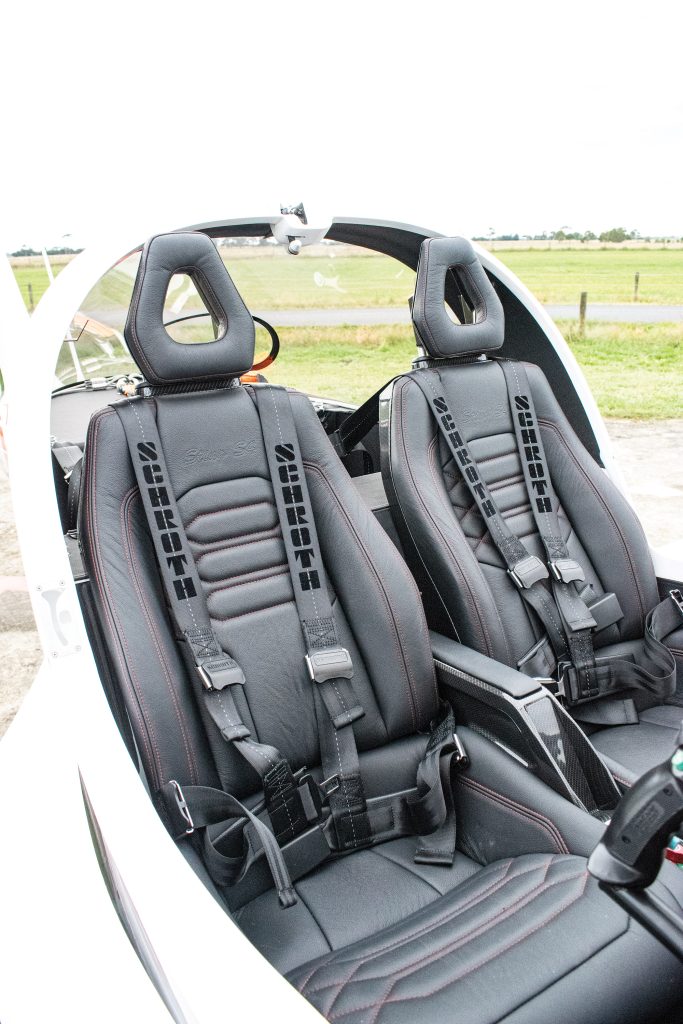
As I was driving out to Colac Airport, I looked to the sky with a pang of disappointment all-too-familiar to Victorian pilots. A bit of a gloomy and overcast sky meant that flying today looked unlikely. Despite this however, I was excited. I was heading out to meet John Callahan, the Australian distributor for Czech builders TL Ultralight, to check out his flying contraptions.
Arriving at the airport, I wandered through the rows of hangars to find John working away at his latest import; a fantastically smooth, low-wing Sting S4. It had recently been assembled and was ready to go to its new owner, pending all the required paperwork. After the usual introductions, John told me a little about his Czech friends.
TL Ultralight was founded in 1989 in the small city of Hradec Králové, Czech Republic. Originally manufacturing a range of ultralight trikes, the company eventually shifted toward producing some of the most widely-distributed Light Sport Aircraft in the world. Over their 30+ years in operation, TL Ultralight has produced more than 1,500 aircraft with a remarkable safety record, and continue to produce 7 to 8 aircraft each month at their home in the northern Czech flatlands.
Back in Australia, John has been linked with TL Ultralights since 2016. “They’re a fantastic team to work with” John tells me of the company, describing the impeccable attention to detail in their designs, the wide range of personalisation options on offer and exceptional customer service to match. Taking me over to the Sting, he proceeds to show me exactly why TL Ultralight have garnered such a strong reputation.
The low-wing Sting S4 is an attractive-looking aircraft, crafted of a composite consisting of 85% carbon fibre for strength and weight reduction. Walking up to it, you instantly notice the Sting’s smooth, flowing lines from the long nose to the beautiful upswept wingtips. With a 9.12m wingspan and a length of 6.45m, the Sting is no small beast. This relatively large size makes the Sting S4 imposing, but does not detract from its elegance both in the air and on the ground.
The model I’m looking at today has a few optional extras included, particularly in the cockpit. The black leather bucket seats with red stitching catch my eye, filling out the 1.13m wide cabin space. They look incredible, but I do hope the Sting’s soon-to-be owner has considered the hot summer sun! The dash is dominated by a fully-glass Garmin G3X Touch setup, save for a few essential steam gauges for backup.
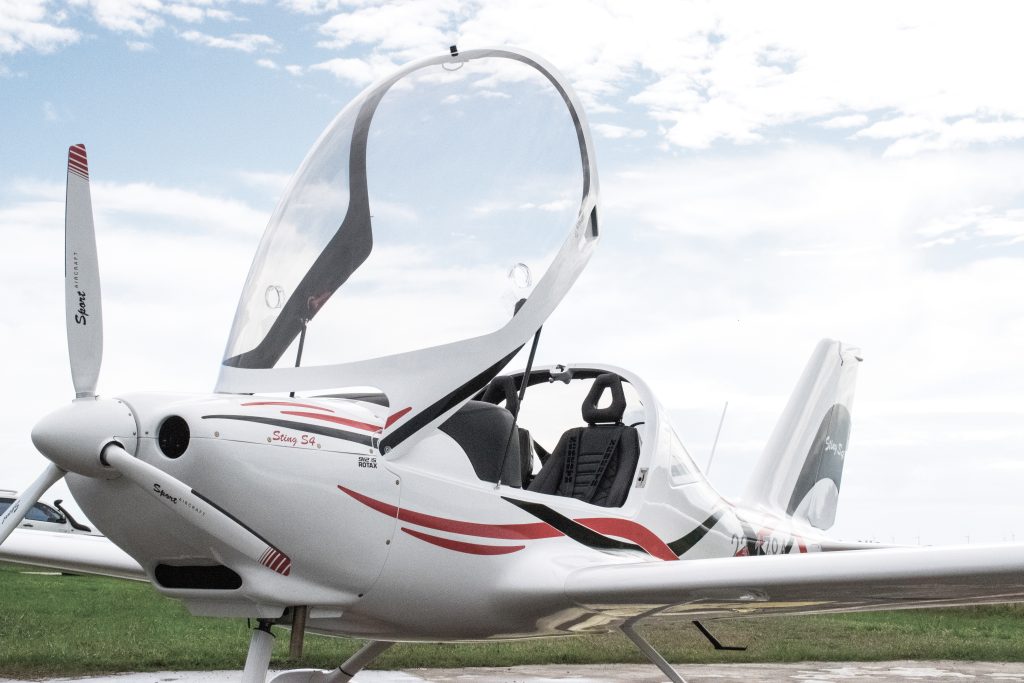
Contoured stick controls and adjustable pedals complement the cockpit, giving an air of class to the whole affair. The crown jewel of the Sting’s design though — in my humble opinion — is the bubble canopy, offering incredible visibility in all directions thanks to the sweeping window behind the seats.
Equipped with the ever-reliable Rotax 912 iS, the Sting S4 is capable of a more-than-respectable 250km/h (135 knots) cruise speed. Additionally, the 77L fuel capacity allows for a flying range of 840km at 18L/h, ensuring you can get just about anywhere you need to go, fast. The engine options mean cruise outcomes are between 95 – 155 knots, with a minimum 35 knots that makes for a very soft runway approach speed.
For us Aussies, 840km essentially means Melbourne to Sydney, which is by no means a small trip, but I think it’s important to consider the fact that these aircraft are built in the Czech Republic. From its home capital Prague, 840km will take the Sting almost to Paris in the west, Rome in the south, and a short hop to Stockholm in the north. In Australia, LSAs with this range perform pleasantly well. In Europe,
they ridiculously overdeliver.
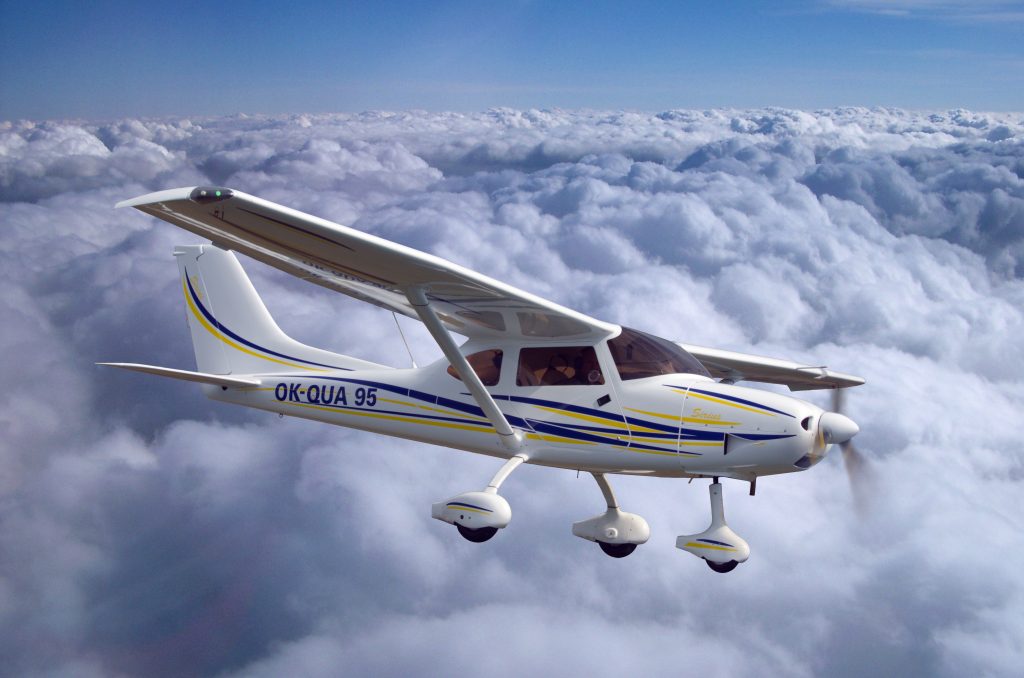
Perhaps one of the most impressive factors in the Sting’s design, however, is its weight limits. An empty weight of 297kg at an MTOW of 600kg gives you a whopping 303kg to work with, ensuring you, your passenger and your luggage can travel with ease, plus fuel. That luggage better be slim however, as the behind-the-seat compartment leaves a little to be desired, somewhat hampered by the installation of a Ballistic Parachute Recovery System at the tail end of the cabin.
For me, everything I observed about the Sting S4 helped to crystallise it in my mind as a fantastic option for those wanting to go cross country. Fast, comfortable and functional, it would almost be a shame to touch this aircraft down on the same runway it took off from. All this functionality comes at a price however, and the Sting S4 ain’t exactly a budget bird. A new model is going to start at around $248,000 fly-away inc. GST — but for those looking to do serious miles, it’s certainly worth it.
By now the sky had actually cleared up somewhat, but as the Sting was destined for its new owner (and had For me, everything I observed about the Sting S4 helped to crystallise it in my mind as a fantastic option for those wanting to go cross country.not gone through its necessary paperwork), we were unable to take her up. Fortunately for me though, the Sting wasn’t the only machine John had in store for me today.
TL Ultralight offer a range of models, including the tandem seat, fighter-esque Stream and the high-wing Sirius, which serves as John’s demonstrator. As John attaches the tug to wheel out the Sirius, I watch a car pull up. I’m greeted by John’s son Des, another TL Ultralight fan who just so happens to be a Qantas Captain, too. He’s brought a mate out for an afternoon flight, but graciously offers to take me for a quick spin first.
Hopping into the Sirius, I’m instantly aware of the same high-level, leather finish as the Sting. Another primarily-glass dash greets me, with the obligatory airspeed indicator and altimeter directly in front of the right seat. What’s in front of the dash though makes me grin; a yoke. It’s not often you see these in RA, and it certainly helps to cement the “mini-Cessna” image of this plane in my head.
It’s not just the yoke though, the Sirius feels and acts like a classic 152. Des demonstrates the plane’s docile and forgiving handling as we soar over the beautiful Lake Colac, heading for Lake Corangamite. A fantastic option for a training aircraft, the Sirius just makes you feel comfortable, both in its flight characteristics and its spacious, open-feeling cockpit.
Coming back into land, Des gives me a pre-emptive apology. He’s more used to flying an Airbus than an ultralight and is anticipating a less-than-perfect landing. Despite my now heightened concentration, I’d be hard pressed to take marks off as we glide into runway 27 at Colac.
Back at the hangar I thank John and Des for my time and get on my way. All the gloom of the morning had disappeared and the sun was shining bright, it was almost as if the TL Ultralights were begging me for another flight.
